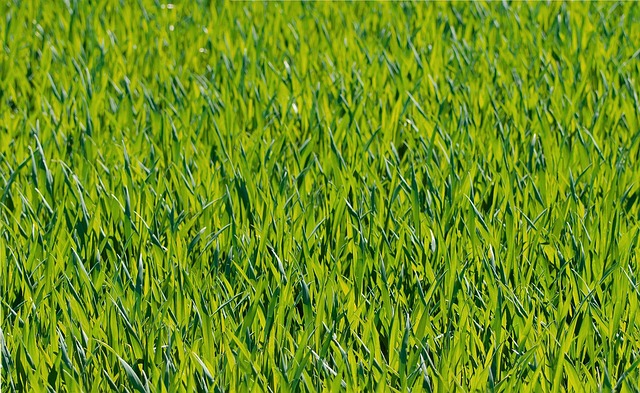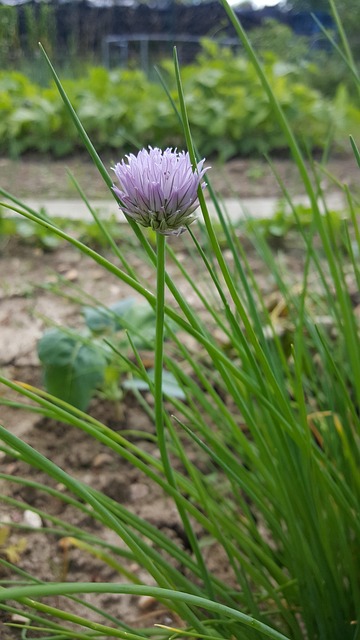Identifying lawn fungus is crucial for maintaining a healthy, vibrant lawn in Colorado Springs. Common fungi include Fusarium, Rhizoctonia, and Pythium, causing circular dead patches, large faded areas, and sudden round patches with white mold, respectively. Prompt recognition of uneven growth or discolored patches is key to effective management. Strategic planning for successful seeding includes soil testing, amending nutrient deficiencies, controlling weeds, and applying fungicidal treatments. Proactive measures after seeding involve vigilant monitoring for discolored grass, adjusting watering habits, and incorporating organic matter to enhance drainage and aeration, preventing fungal infections and fostering healthier grass growth.
In Colorado Springs, achieving a lush lawn involves understanding and addressing the unique challenges posed by local conditions and pests. One such issue is identifying and managing lawn fungus, with common types specific to the region. This article guides homeowners through recognizing lawn fungus in Colorado Springs, offering effective strategies for enhancing seeding success, and providing preventive measures to maintain a healthy lawn post-seeding.
- Recognizing Lawn Fungus: Common Types in Colorado Springs
- Enhancing Seeding Success: Effective Strategies and Treatments
- Preventive Measures: Maintaining a Healthy Lawn Post-Seeding
Recognizing Lawn Fungus: Common Types in Colorado Springs

In Colorado Springs, recognizing lawn fungus is a crucial step in enhancing your lawn’s health and appearance. The region’s unique climate and grass species make it home to several common types of lawn fungi. Identifying these can be the first sign of potential issues, as different fungi manifest distinct symptoms. For instance, Fusarium patchy decay is characterized by circular patches of dead grass, often with a light-colored, dried-out appearance. In contrast, Rhizoctonia brown patch causes large, irregular areas of faded grass, especially during cool, moist seasons.
Another prevalent fungus in the area is Pythium, which leads to sudden, round patches of dead grass, sometimes accompanied by a white, moldy growth on the soil surface. These fungi can weaken lawns and create entry points for other pathogens, so prompt identification is key. Homeowners should look out for uneven grass growth, discolored patches, and wilting leaves as potential indicators of lawn fungus in Colorado Springs. Early detection allows for effective management and treatment options, ensuring a vibrant and healthy lawn.
Enhancing Seeding Success: Effective Strategies and Treatments

Ensuring successful lawn seeding goes beyond just spreading seeds and hoping for the best. In Colorado Springs, where identifying lawn fungus can be a common challenge due to the region’s unique climate, enhancing seeding success requires strategic planning and effective treatments. One key strategy involves soil testing to determine pH levels and nutrient deficiencies, which can hinder seed germination. Addressing these issues through amendments like lime or organic matter can create an ideal environment for seeds to thrive.
Additionally, pre-emergent and post-emergent herbicides can be utilized to control weeds that compete with young grass for resources. Fungicidal treatments are also crucial for managing lawn fungus. Prompt identification is essential; signs of fungal infections include discolored patches, thinning grass, and mold growth. Applying fungicides specifically targeted at the identified fungus can prevent further damage and promote healthier grass growth.
Preventive Measures: Maintaining a Healthy Lawn Post-Seeding

After successfully seeding your lawn, the next crucial step is ensuring its longevity and vibrancy. Maintaining a healthy lawn post-seeding involves proactive measures to prevent common issues like fungus and weeds from taking over. One of the first steps is identifying any signs of lawn fungus in Colorado Springs early on. Residents of this region should stay vigilant for patches of discolored grass, which could indicate various fungal infections specific to the area’s climate. Regularly checking your lawn and addressing potential issues promptly will help maintain a lush, green space.
Additionally, establishing good watering habits is essential. Newly seeded lawns require consistent moisture, but overwatering can create an ideal environment for fungus growth. Adjusting watering schedules based on seasonal changes and grass type ensures the lawn receives adequate hydration without promoting fungal diseases. Incorporating organic matter into the soil also enhances drainage and aeration, creating a healthier environment for seedling roots to thrive in, thus strengthening your lawn against potential fungi and weeds.
When it comes to achieving a lush, green lawn in Colorado Springs, understanding and addressing lawn fungus is key. By recognizing common types and implementing effective seeding enhancement strategies, you can improve your chances of success. Remember, preventive measures are just as important; maintaining a healthy lawn post-seeding will ensure your hard work pays off. So, whether you’re tackling existing fungus or aiming for a robust new lawn, these insights are your guide to achieving the perfect outdoor space.
